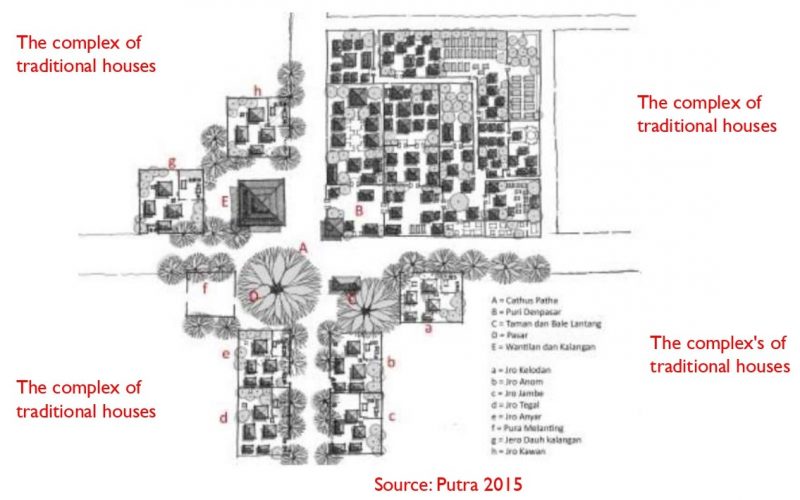I Dewa Gede Agung Diasana Putra, 2020
Abstract
Purpose
COVID-19 caused dramatic changes in daily life, including the way people stay in a building. Since the virus’s outbreak and the mandate of social distancing from WHO, a house has become an essential place for people to avoid the propagation of the virus. However, recent house configurations cannot satisfy people’s needs when staying at home and have not provided complete protection from viruses. Therefore, architects are expected to create new configurations. In order to establish a new trend, this paper aimed to explore the ability of the traditional architectural concepts that discuss the efforts to produce suitable configurations.
Design/methodology/approach
To investigate to what extent the traditional Balinese concepts are still relevant to counter infectious diseases, architectural examinations and spatial stories were used as a method of investigations.
Findings
This paper found that certain traditional knowledge elements are still relevant to produce suitable configurations to deal with possible virus attacks and introduce more security layers to the house.
Research limitations/implications
Learning from the COVID-19 pandemic, this paper provides a view of traditional concepts that are now still applicable to modifications and adaptations.
Practical implications
In these modifications, the traditional hierarchy of entering the house and the function of open spaces for food production are traditional elements that address the protocol to face the virus.
Social implications
Local knowledge has given good things as a precious heritage from the Balinese communities’ ancestors to face this new challenge.
Originality/value
This pandemic has taught architects to combine modern technologies with local wisdom as an approach to develop innovative antivirus designs






